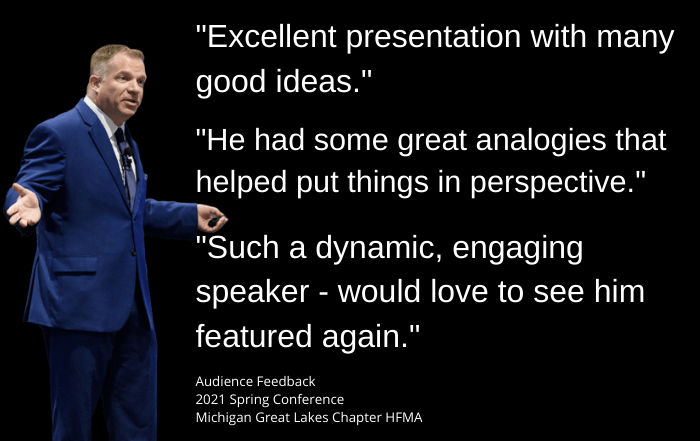 What happens when an employee brings you a problem? As a leader, you may discover that finding a solution is harder than you thought. And it may have nothing to do with the nature of the problem.
What happens when an employee brings you a problem? As a leader, you may discover that finding a solution is harder than you thought. And it may have nothing to do with the nature of the problem.
The challenge may be in how your employees deliver the information. Without knowing it, they may have developed some bad habits that limit your ability to solve problems.
While not malicious, this is a scenario that can limit productivity and performance. Let’s look at what can happen when an employee brings you a problem.
Wait Too Long to Tell Me
Think of this challenge like a leaky faucet that no one ever mentions. People think they can live with it. Over time, the leak gets worse and causes damage. It doesn’t magically fix itself.
Sometimes employees will start to think about workplace problems the same way. They don’t want to share bad news about things like a major customer walking away.
While there may have been nothing you could have done to retain them, hearing about it at the eleventh hour, leaves you with fewer options to keep the business.
It’s also important to consider what role you play in this situation. When you receive bad news, do you channel your disappointment at the person who delivers it, even if they are not responsible for the outcome? If that’s the case, then it’s understandable some may hesitate to come to you.
Smart leaders make sure they have an open door policy for good and bad news. They stress that they want the information, as soon as possible. And they don’t punish the bearer of bad news.
Don’t Suggest Solutions
As a leader, do you ever learn of an issue that you had no idea even existed? It’s been around for a while and this is the first time you’ve heard about it. And yet, your employees are looking at you for fast action and solutions.
You may have trained them to think of you as a fountain of information. You’re the boss, so shouldn’t you know everything?
While this is flattering, it can take a lot of time to research everything and you may find yourself making decisions that are outside your professional comfort zone.
To avoid this problem, make a rule that if an employee brings you a problem, that person also needs to bring some potential solutions. This puts them into a more active problem solving role.
You then don’t have to start from scratch to solve the challenge. This doesn’t mean you have to accept their suggestions but it gives you a solid starting line.
Expect Me to Perform Magic
Some problems can’t be fixed. Others require a lot of time and energy that you may not have. In this scenario, you may have to deliver some disappointments.
In many cases, it’s a matter of not having enough time or resources. Some things, like granting everyone’s vacation requests, for the same week, may not be possible. It’s a problem you can’t solve.
And yet, employees may look to you for a magical solution. Consider a request for an equipment upgrade. While it’s not fun to tell someone they won’t get what they need, for another year, there are limitations you have to respect.
Try to explain these realities to people. They may not like the answers but perhaps they’ll understand better how the system works.
Set Me up for a Good Outcome
This happens when you are empowered with information, options, and good attitudes. Problems are seen less as barriers and more like shortcuts to new opportunities.
As a leader, you are a partner in the process. News, good and bad, is never hoarded or delayed. And you encourage people to find another way when you have to say, “No.”
Your employees supply you with strong arguments you can use to fight for their needs, for things like training and equipment, and not just give general statements like, “We need this.”
While you may not see this best case scenario on a daily basis, the spirit of it will strengthen your work culture.






